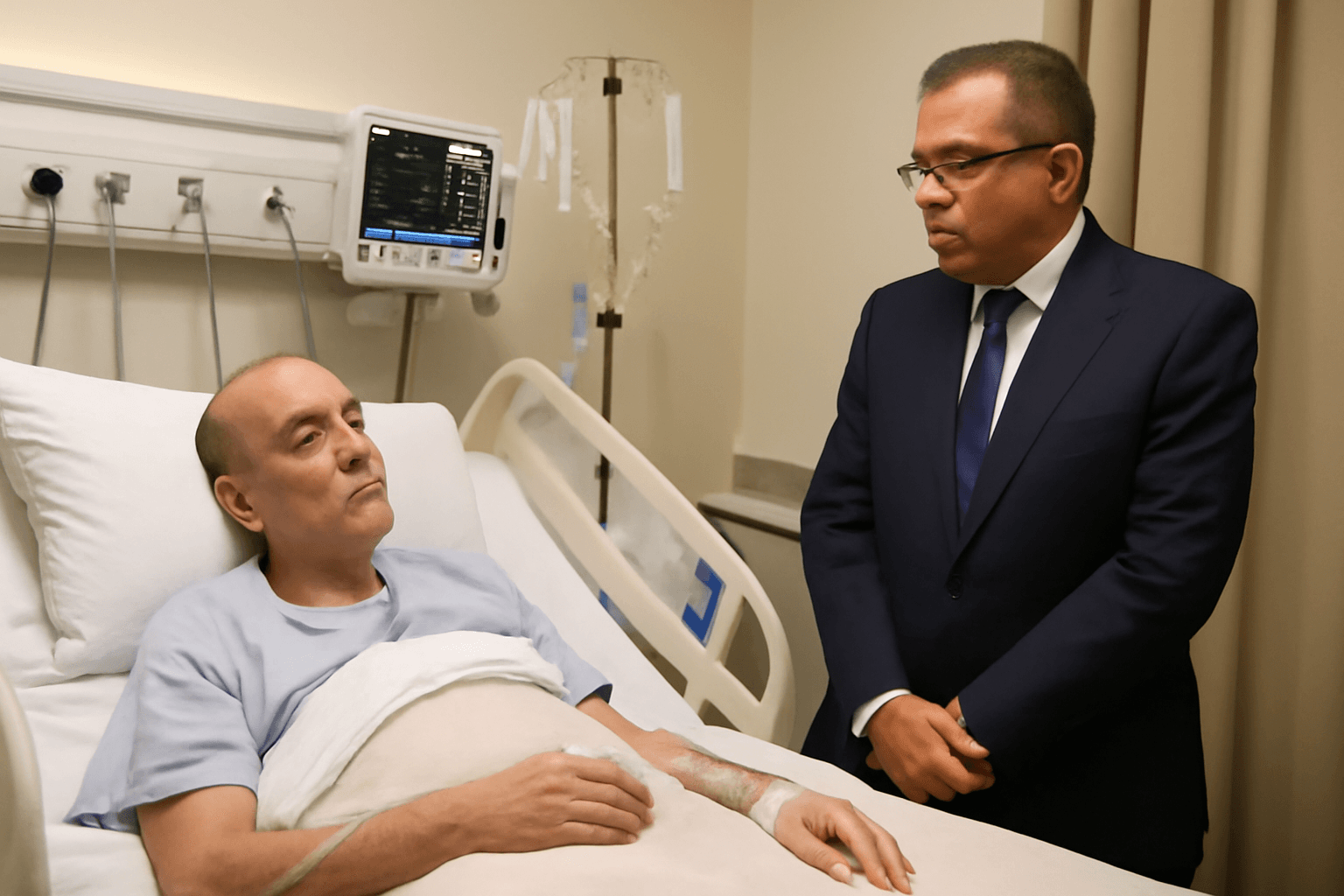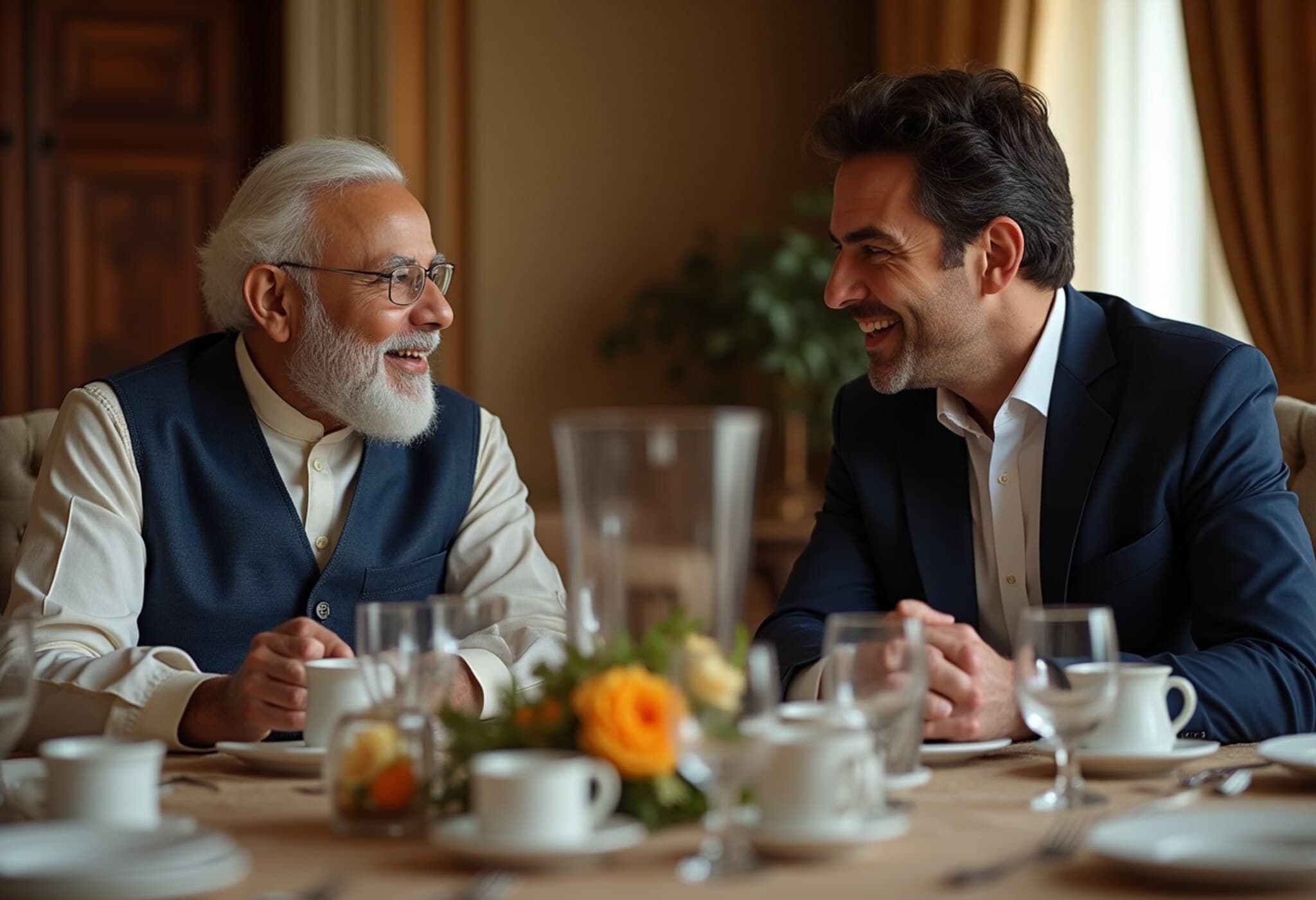Three Years After Roe v. Wade Overturned, Majority of Americans Continue to Support Legal Abortion
As the nation marks three years since the U.S. Supreme Court overturned Roe v. Wade, a landmark ruling that once guaranteed constitutional abortion rights, a clear majority of American adults continue to stand firmly behind legal abortion. According to a recent Associated Press-NORC Center for Public Affairs Research poll, approximately two-thirds of U.S. adults believe abortion should be legal in most or all circumstances, underscoring the enduring public support despite growing state-level restrictions and the increasing polarization of the issue along political lines.
Steady Support Amid a Shifting Legal Landscape
The June 2022 Supreme Court decision triggered a seismic shift in abortion policy across the United States, allowing individual states to enact bans at various stages of pregnancy. Currently, twelve states enforce abortion bans at all stages, with an additional four imposing restrictions as early as six weeks into pregnancy—often before many women realize they are expecting.
Despite these changes at the policy level, public opinion has remained remarkably consistent. The latest poll finds that 64% of adults support legal abortion in most or all cases, closely mirroring attitudes prior to the Court’s ruling. Similarly, about half of Americans back the availability of abortion for any reason in their home state, reflecting a slight dip from peaks reached in 2024 but steady relative to pre-ruling years.
Political and Regional Divides Shape Perspectives
Support for abortion access continues to fall along pronounced partisan lines: nearly nine out of ten Democrats favor legal abortion in most situations, while fewer than half of Republicans concur. Yet even within states with the strictest bans, many residents—reflective of the national split—express support for abortion access, highlighting a disconnect between policy and public sentiment.
Real-world stories add layers to this debate. For instance, Wilaysha White, a 25-year-old Ohio mother and self-described "semi-Republican," expresses complex views that veer towards caution, stating, “I don’t think you should be able to get an abortion anytime.” However, reports of women facing legal peril after miscarriages, such as the highly publicized case in Georgia, have intensified her support for maintaining broad legal access for safety and dignity.
Conversely, some, like Julie Reynolds from Arizona, maintain a steadfast anti-abortion stance rooted in deep moral conviction. Her personal experience with abortion in her twenties continues to shape her opposition, underscoring the deeply personal and value-driven nature of abortion views across the country.
Strong Consensus on Exceptions and Medical Necessities
Across the spectrum, there is overwhelming agreement on protecting abortion access in specific, often heart-wrenching circumstances. At least 80% of adults support abortion in cases involving fatal fetal abnormalities, substantial health risks to the patient, or pregnancies resulting from rape or incest.
Such consensus echoes through states with restrictive laws, where medical exceptions are critical but contested battlegrounds. Nicole Jones of Florida voices the concerns of many in restrictive states: uncertainty and fear over adequate medical care in pregnancy-threatening situations, often requiring travel to other states to receive safe care.
The Complex Debate Over Interstate Access and Telehealth
One of the more nuanced aspects of the ongoing abortion debate is the question of protecting access for those crossing state lines. Just over half of Americans support legal safeguards for patients traveling to states where abortion remains legal, as well as for healthcare providers who assist them.
Telehealth prescribing of abortion pills—now a critical component of abortion access—receives mixed public backing. While about 40% support legal protections for doctors who deliver medication abortions remotely, nearly 30% oppose such measures. This tension highlights an evolving battleground where technology intersects with law and ethics.
Expert Insight: The Enduring Legal and Social Challenges
Legal analysts note that public opinion’s relative stability suggests abortion remains a deeply personal issue that resists strict political categorization. The persistent majority support for abortion rights complicates efforts by states to impose sweeping bans without widespread backlash.
Moreover, the uneven patchwork of state laws creates significant challenges for healthcare providers and patients, raising concerns about equity, access, and safety. The debate over telehealth abortions is particularly emblematic of these challenges, illustrating how technological advances outpace legal frameworks, often leaving vulnerable populations in limbo.
From a policy standpoint, the question of interstate protections is emerging as the next frontier, hinting at potential federal interventions or judicial clarifications in an otherwise fragmented legal environment.
Looking Ahead
As the nation continues to grapple with abortion policy, the dialogue is far from settled. With strong support for medical exceptions and fair access, but less consensus on interstate protections and telehealth, the evolution of abortion rights in America appears poised to remain a dynamic and deeply human story.
Editor's Note:
Three years after the Supreme Court reshaped abortion law, the American public's views reveal a nuanced and resilient attachment to reproductive rights. While political and state boundaries influence access, the majority’s stable support for abortion rights—especially in medically urgent cases—suggests a fundamental recognition of personal autonomy and healthcare needs. As legal battles move from state legislatures to courtrooms and Congress, questions remain about how to reconcile deeply held moral perspectives with equitable, evidence-based policies that prioritize patient safety and dignity. How will emerging technologies and interstate legal conflicts reshape the landscape in the coming years? This remains a critical issue for policymakers, healthcare providers, and citizens alike.



















